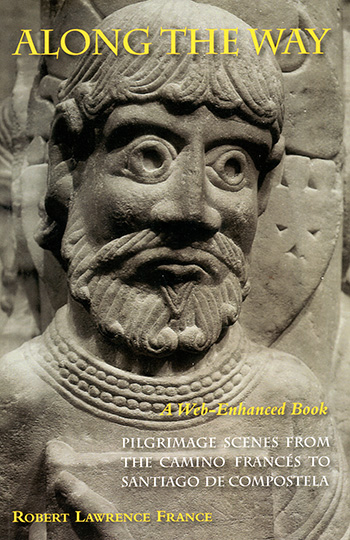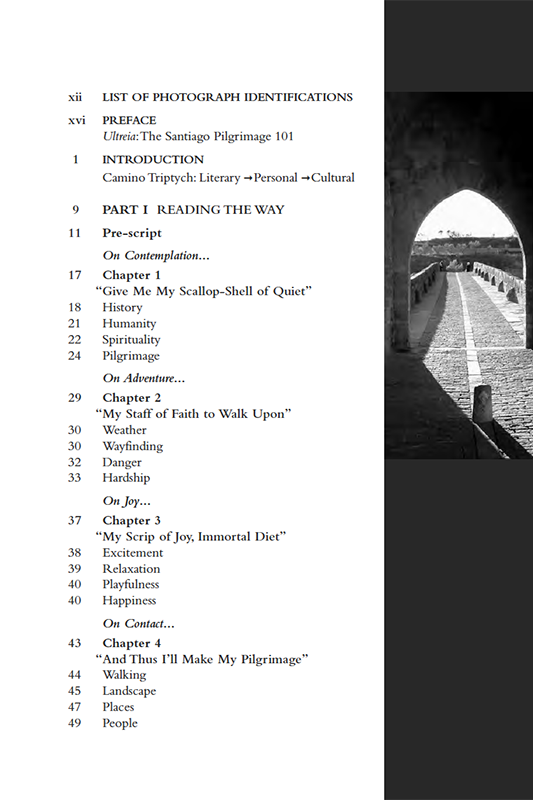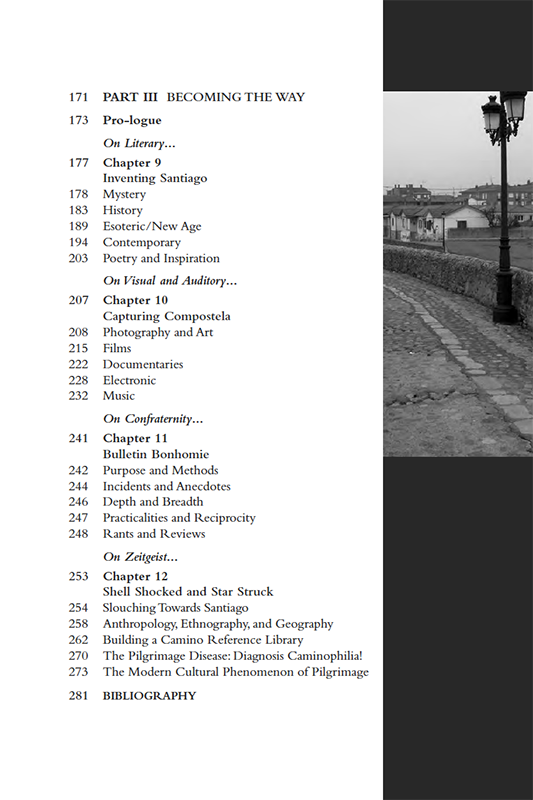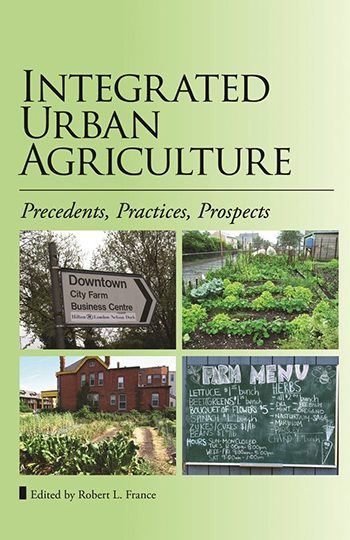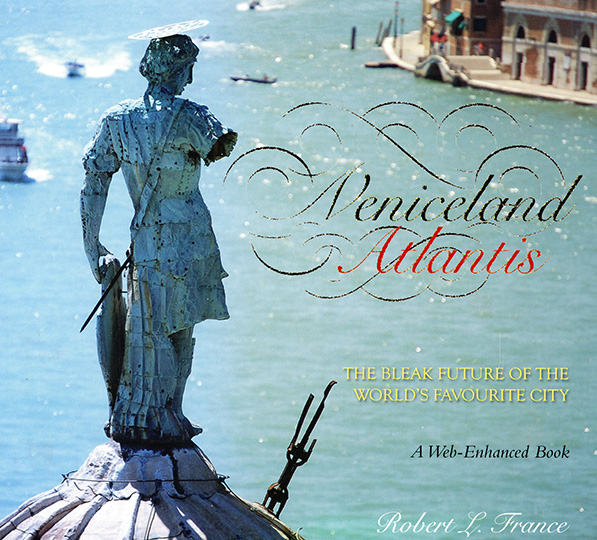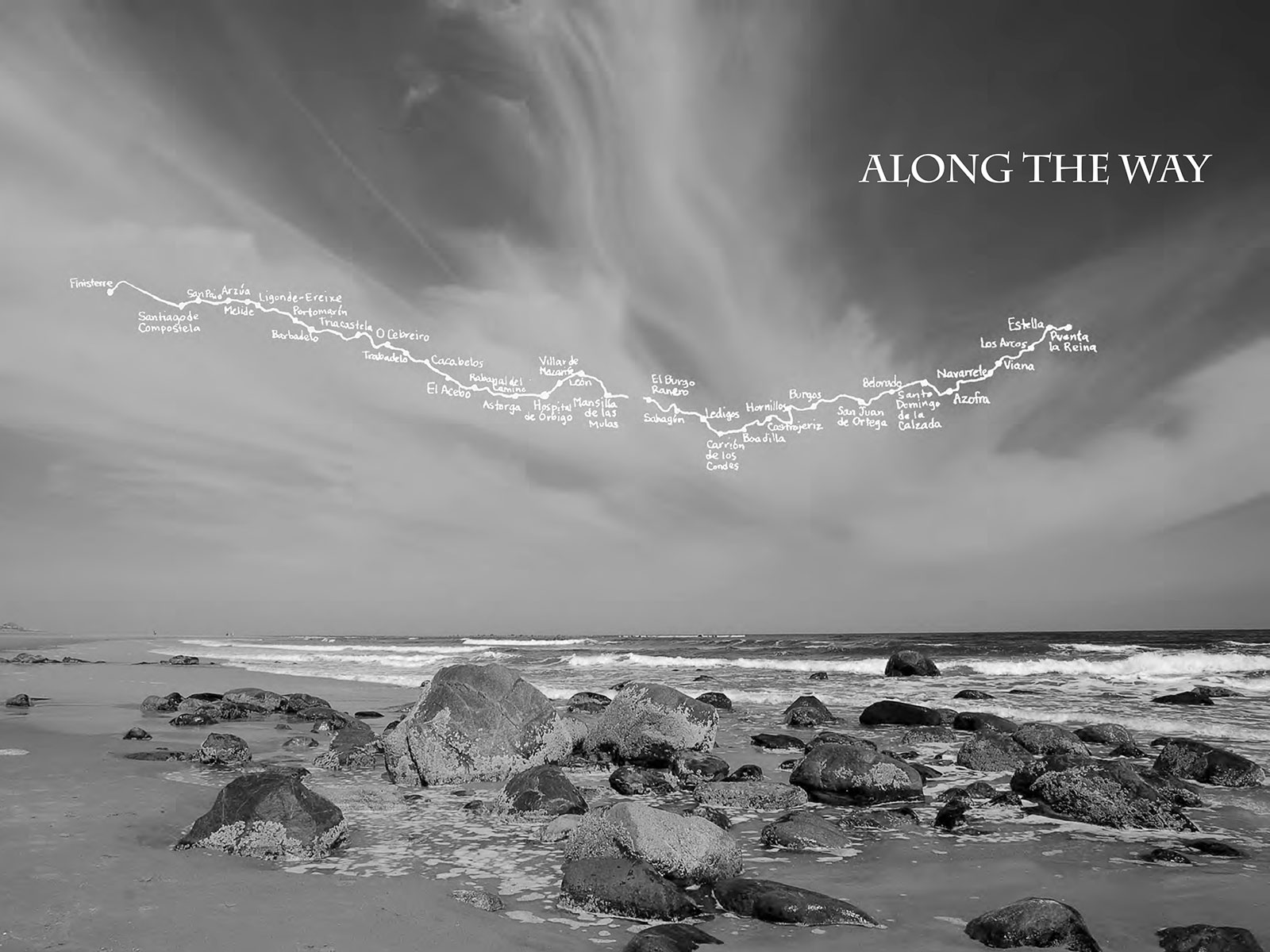
Why this book is different from others
“Deus aia nos! (God help us!) was the rejoinder to the chant of E Ultreia! E Suseia! (Onward! Upward!) used as encouragement by medieval pilgrims struggling toward Santiago de Compostela. Today it might also be cried out in mock dismay of yet another Camino book being published.”
—Along the Way, Introduction, page 1
Part I
Reading the Way
“While it is true that many pilgrimage accounts can veer embarrassingly towards the trite and pedestrian…in every offering one can still find gems of insight. Part I demonstrates this by examining a representative subsample of the Camino literature… To my knowledge, my efforts here are the first time the published literature has been mined in a search for shared commonalities of the modern pilgrimage experience.”
—Along the Way, Introduction, page 6
Part II
Walking the Way
“The present pilgrimage account is different from the majority that have been published in a handful of significant ways: structure of the text, subject matter covered, prevalence of photographs, seasonal timing and ultimate destination of the walk, and finally, age of the pilgrim. [For example], the present book dispenses with the traditional day-to-day journal account and instead focuses upon … luminous snapshots … Doing so … allowed me to move beyond the superficial overview to elaborating upon particular minutiae.”
—Along the Way, Introduction, page 2
Part III
Becoming the Way
“The Camino has become a modern cultural icon. In many respects, today’s secular Camino has outgrown its medieval precursor, at least in terms of its zeitgeist…Novelists, poets, musicians, film-makers, painters, video-gamers, and sculptors have all invented caminos of their own imaginings…Newsletters, websites, and reference books [abound] as studied by anthropologists and sociologists… To my knowledge, the present book is the first to examine and critically review all these manifold elements of the wider Camino culture.”
—Along the Way, Introduction, page 7
